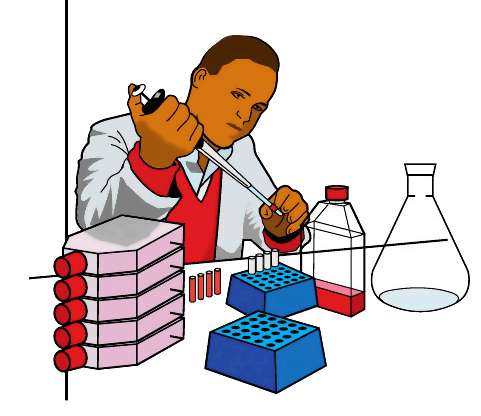No Products in the Cart

At CBD Emporium, our team works long and hard to identify and select high quality, hemp-based CBD (and other cannabinoid) products. Our due diligence process is thorough and exhaustive. In the flurry of manufacturers and distributors that have emerged, it is imperative to parse through the many options in the marketplace. Not every brand or manufacturer makes it to the finish of this scrutinizing process. At the end of it, CBD Emporium proves itself as a trusted source. One of the many due diligence items that we examine is the COA. All of our products must have a COA or we will not sell the product in our stores.
CBD products are popping up everywhere, from specialty retailers to health and whole foods stores to big box retailers, convenience stores and gas stations, and seemingly everywhere in between. This does not even factor in the enormous swing in price between products. Obviously, some are a higher quality than others. There is no regulation of CBD products at this point. So, the burden falls to the consumer or retailer to do their own research. That is where the Certificate of Analysis – or COA – comes in. Read on and learn about this important piece of research.
A COA or Certificate of Analysis is a lab report. The COA is a detailed breakdown of what is contained in the base hemp-sourced extract used to make the product – whether it is an oil, tincture, cream, pet treat, edible, or even a toothpick. A COA is prepared by an independent, third-party testing lab and will identify the construct of cannabinoids and terpenes in the product. Furthermore, this testing will also disclose any levels of heavy metals, pesticides, microbes, mycotoxins, and other contaminants.
In the early days of Cannabinoid science, it is no surprise that there is a wild west of products available to the CBD consumer. In fact, a 2017 JAMA report found that almost 70% of CBD products were mislabeled in some way – whether that meant they contained too much or too little actual CBD. That is starting to change as CBD products are more prevalent, consumers are educating themselves more and state and federal regulations are being put in place. In fact, many products even go above and beyond by printing a QR code on their label so that a consumer can scan to link directly to the product’s COA.
Knowing how to read a COA will help ensure the product you are buying is not only what it claims to be, but that it is safe, effective and warrants the price you are about to pay for it. Additionally, some people need to ensure the CBD product they are buying is THC-free, as they cannot risk having any levels of THC in their system for workplace drug testing or other reasons.
The Header is at the very top of the report. This area will focus on a few key bits of information. This information includes the date of testing. If the report is old, it could mean the company does not do regular testing or the product has been on the shelf for quite some time and its efficacy may be deteriorating. You will also see the name of the product and/or producer of the CBD. It is important that this testing matches what’s in your hand and who the testing was done for (this should be the brand name).
The Profile Table is where you’ll find the actual results, generally in milligrams per gram. You will see the THC compliance (make sure it is below 0.3%), amount of cannabidiol (CBD) and other cannabinoids like CBG, CBC, and so on. THC FREE products should not contain any THC, whereas full spectrum should have a reading at or below 0.3%, the legal limit. Here you will also see listings for heavy metals, pesticides, mycotoxins or other contaminants. Look for a “PASS.” A result of ND means “non-detect,” meaning no or virtually no amount of something was found.
The Footer is the section where you will see information about the testing lab and the names of the technicians who conducted the test. Make sure the name of the lab is not the same name of the company that is selling the product. Ensure the results are truly coming from a third-party testing facility.
When you shop at CBD Emporium, our team will make available a COA for any of your purchases. Generally, we keep a three-ring binder for you to review and can guide you to online sources for further research. Honestly, integrity and transparency are the hallmark of being a trusted source. Our team at CBD Emporium works hard to be that source for you.
Got questions? Please email our support team at [email protected] or stop by one of our retail locations.